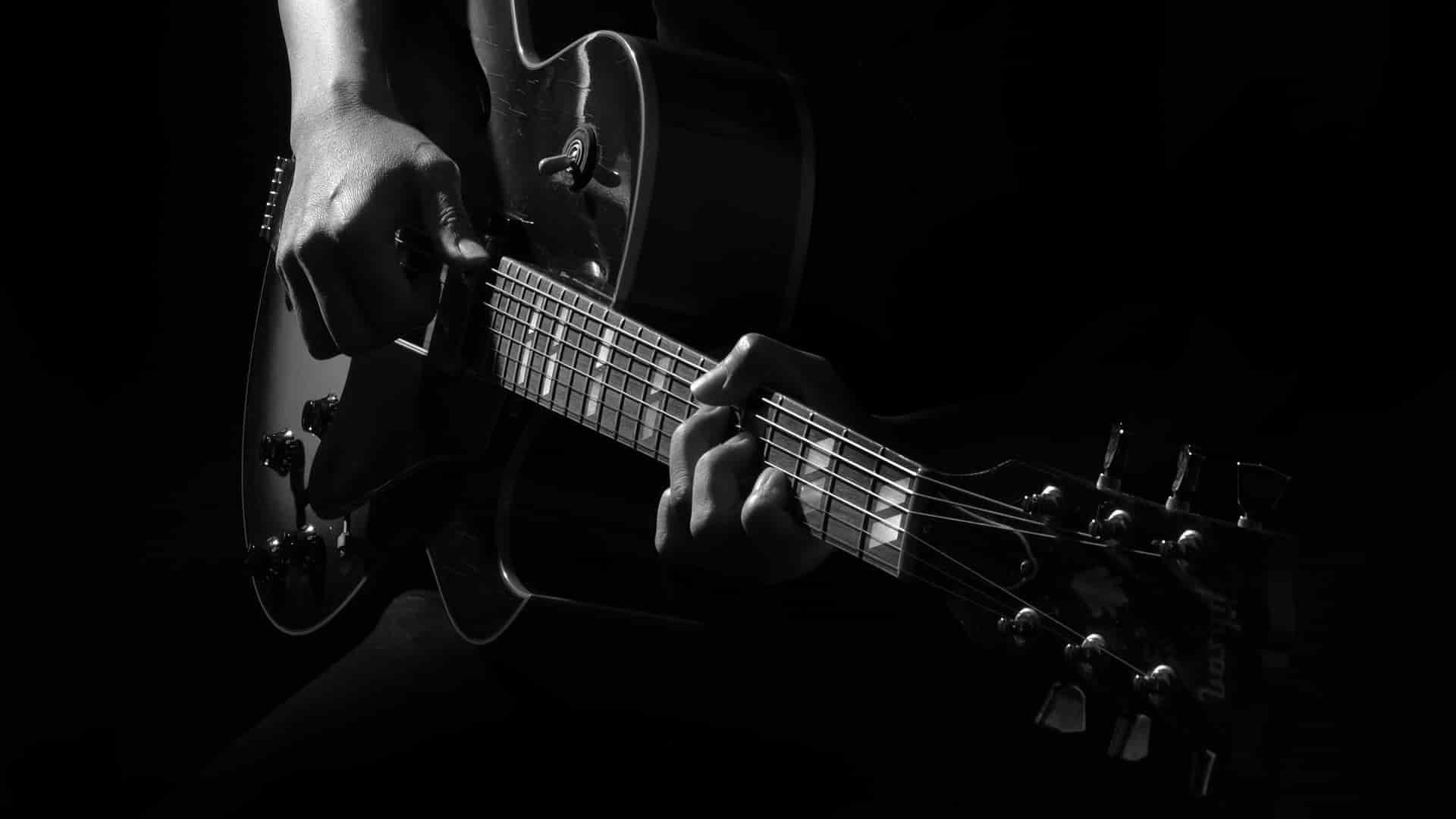GSCC Lesson 20
Past Lessons Summary and Links
If you are new to this series, here’s the links to past lessons:
We had covered all the family chords and their siblings in key of C and G Major:
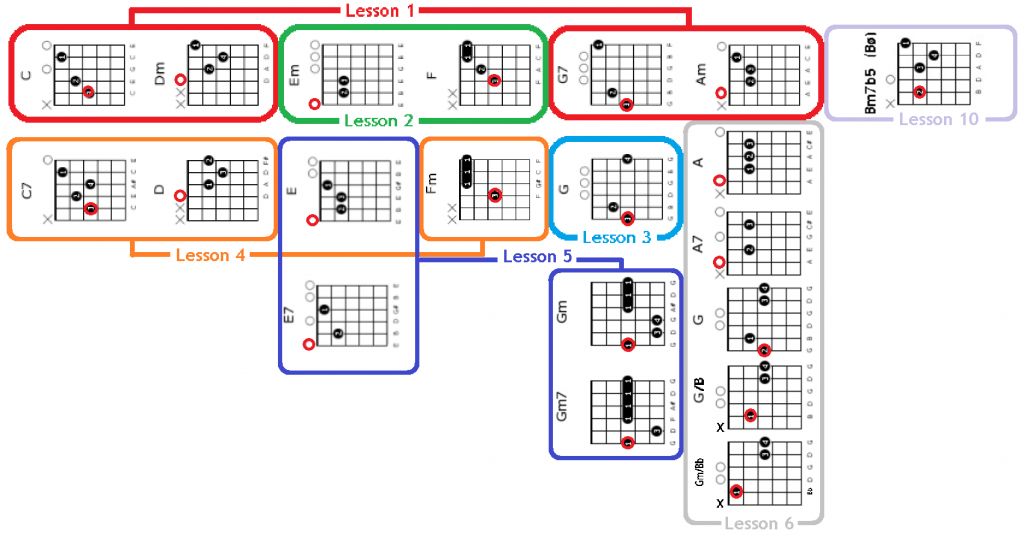
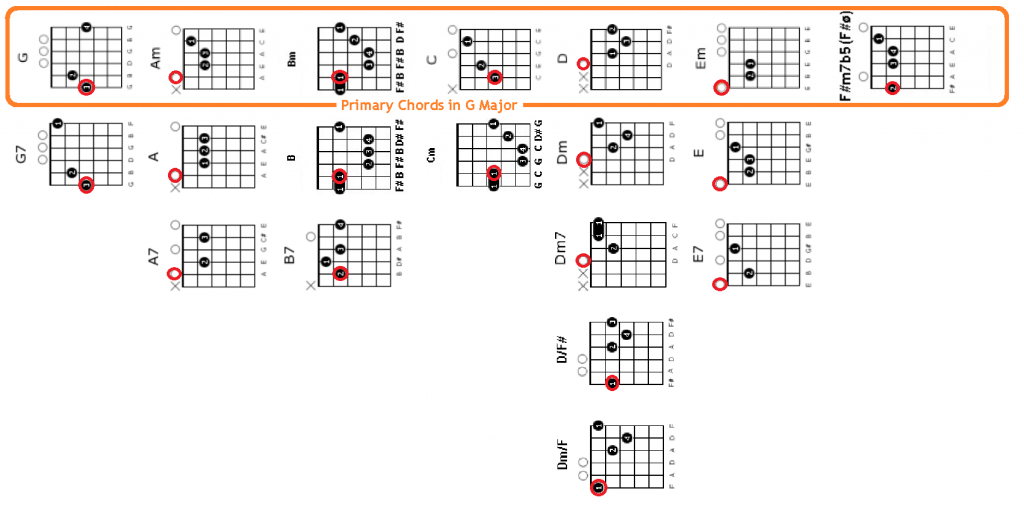
Key of C major and G major are common keys used by guitarist to play sing-along guitar.
We also looked at the guitarist best friend – CAPO , and it’s application.
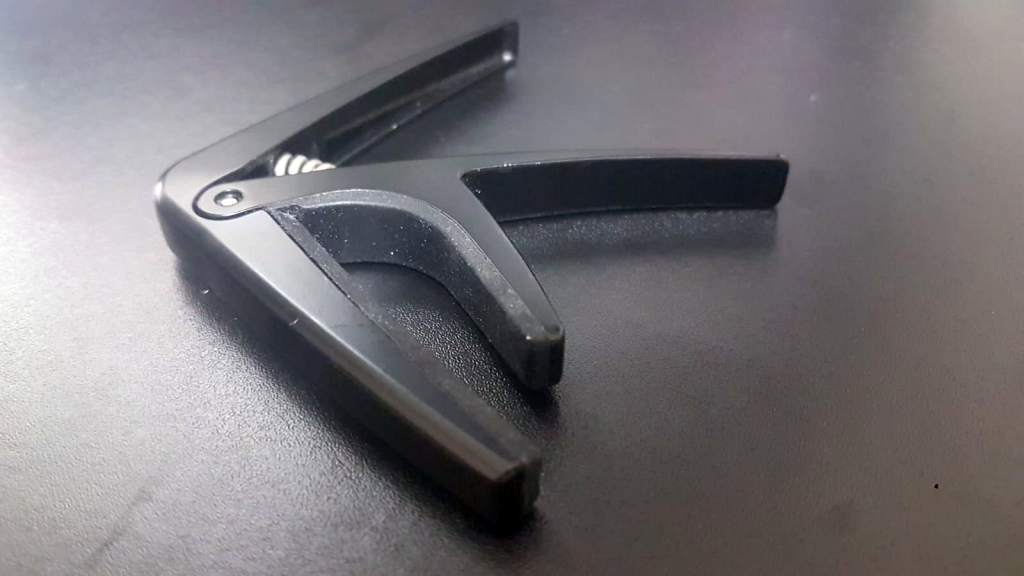
When we use the CAPO in conjunction with chords from C and G keys above , we are able to play almost every pop songs we wanted to play.
We have also looked at some basic strumming patterns:
| 1 | One strum per beat |
| 2 | Up-stroke strumming |
| 3 | Strumming lightly on first few strings |
| 4 | 16 beat strum |
| 5 | Campfire Strum |
| 6 | “Chuck” Strum |
| 7 | 3/4 Strum |
| 8 | 6/8 Strum |
And we had explored some basic pluckings.
| 1 | 8 beat pluck #1 |
| 2 | Double string pluck |
| 3 | 3/4 Pluck |
| 4 | “Alternate Bass” Pluck |
| 5 | 6/8 Pluck |
| 6 | Slap Rhythm |
And of course, we had fun learning all these songs !! They are specially produced “Karaoke for Guitar” videos (only vocal and metronome count) for you to practice your strumming / plucking:
Last week, we looked at the chord melody guitar GYM for key of C and G (1st position):
 | 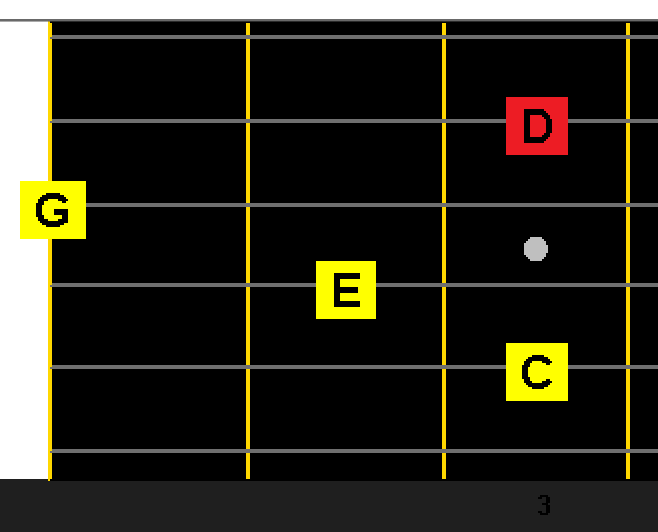 | 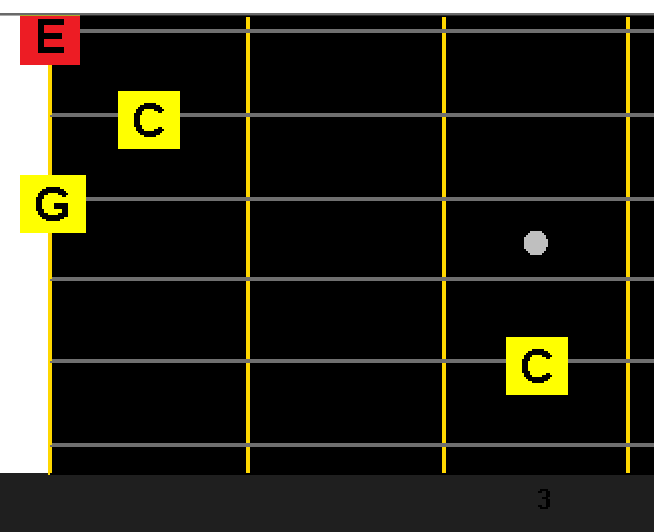 |
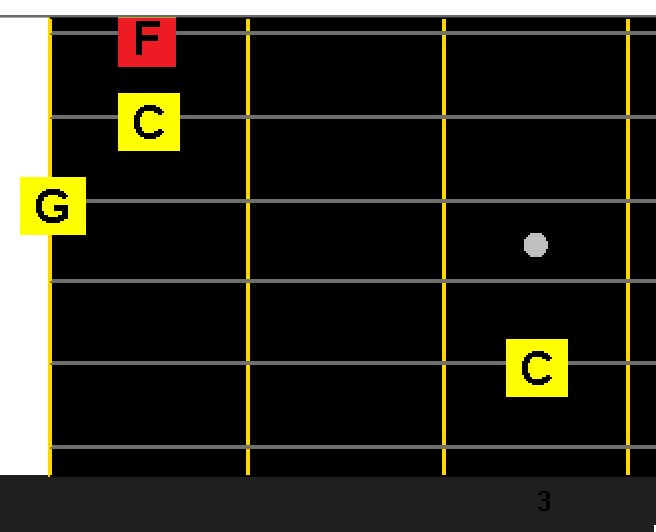 |  | 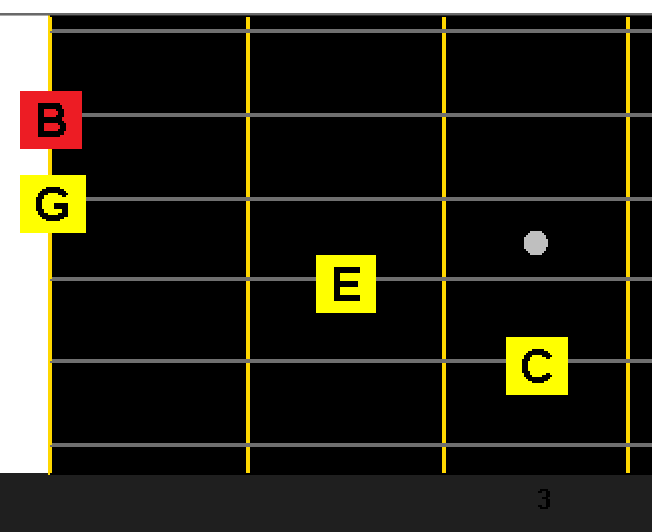 |
 | 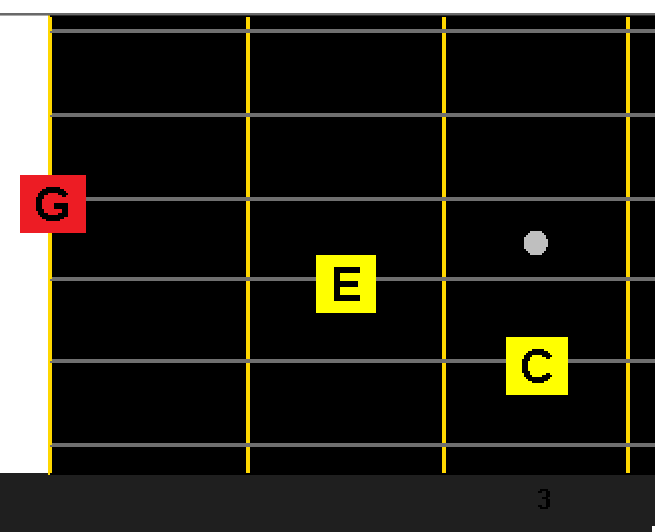 | 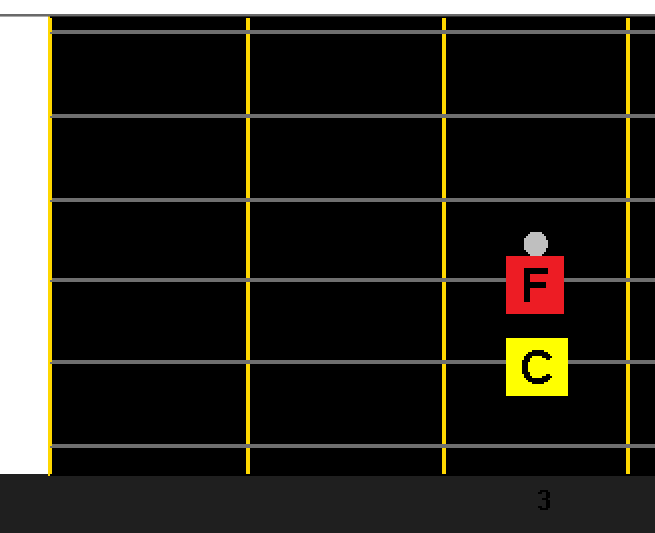 |
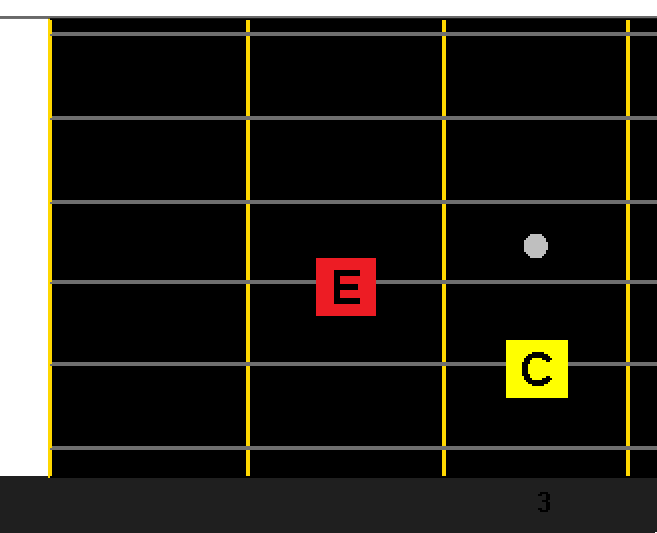 | 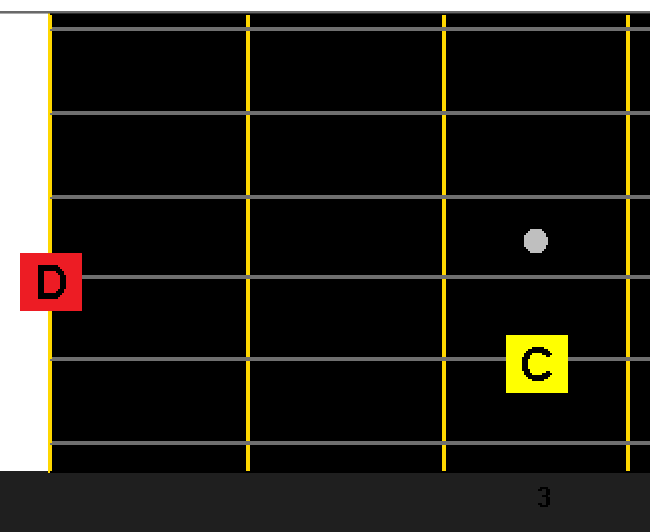 |
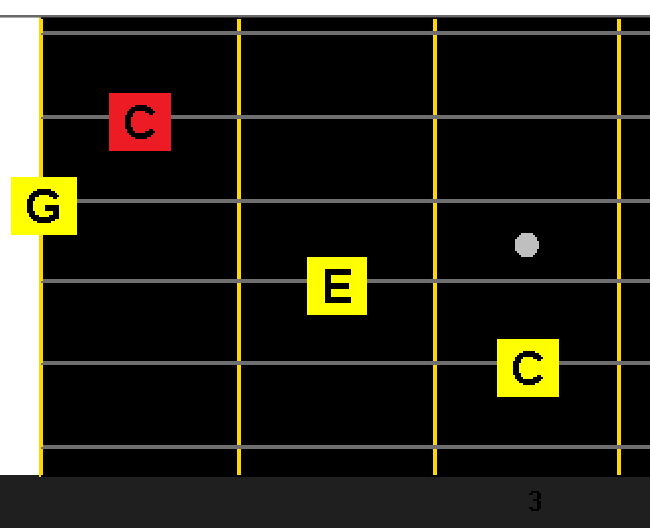

For all other combinations for other chords, please refer to last week’s lesson:
We also played “Over The Rainbow” solo guitar in key of G .
Click here to ask a question …
How can we improve last week arrangement of “Over The Rainbow”?
For last week arrangement, the lowest note is this:
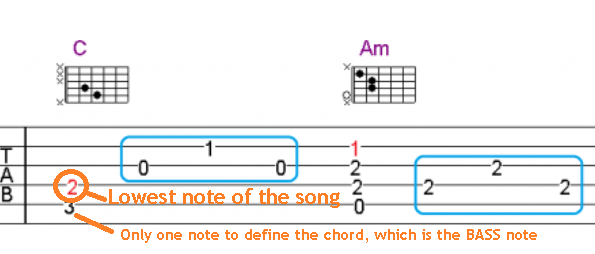
As you can see, beside the melody note, there’s only one other note to define the “chord”, which in the case is C, it is also the bass note of the chord. If we discount the bass note, there’s no other note to define the “chord”.
Can we shift the lowest note to other string , so that we can have extra string to put note for chord definition?
YES! We can! We can transpose(change key of the song) the entire song, then the lowest note will be shifted.
Before we do that, let’s look at the highest note of the song:
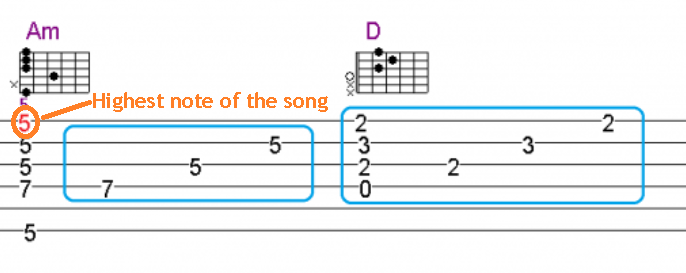
The lowest and highest notes are:

If we look at it, we still have lots of space for the higher notes to reside:

In this case, the highest note can afford to go higher . Thus the key of G (the original key we used last week) is not the best key for this song because the fretboard is not fully utilized. The fretboard coverage is not optimized.
If we shift the highest note to a higher fret(5 frets up) , the lowest note will be shifted too:

Let’s take this moment to look at the structure of guitar fretboard:

At the adjacent string, those are the frets which have the same note as the other string.
If we apply the same calculation, the lowest note in “Over The Rainbow” can be shifted to the adjacent string:

Earlier on, we learned that the highest note has been shifted 5 frets up. So the key has changed from G->G#->A->A#->B->C key.
So, the chord for that moment is F (up 5 frets/semitones from C chord C->C#->D->D#->E->F).
The chord melody shape for A note on a F chord is:

In this case, we have 2 notes to define the chord!!
Problem solved!
Click here to ask a question …
To arrange a Chord Melody Guitar song, try to put the melody notes on 1st 2 strings (or 1st 3 strings)
When you are putting together a chord melody guitar song, try to put the melody notes on 1st 2 strings(or 1st 3 strings):

By putting melody on those strings , you have more strings to define the chords.
Let’s look at how all these work out.
Melody on the 1st string
When the bass is on the 6th string, we have 4 strings to define the chord
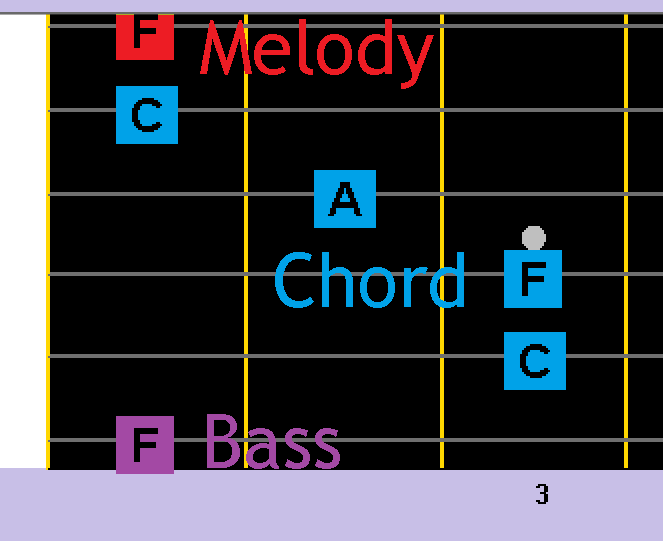
When the bass is on the 5th string, we have 3 strings to define the chord

When the bass is on the 4th string, we have 2 strings to define the chord
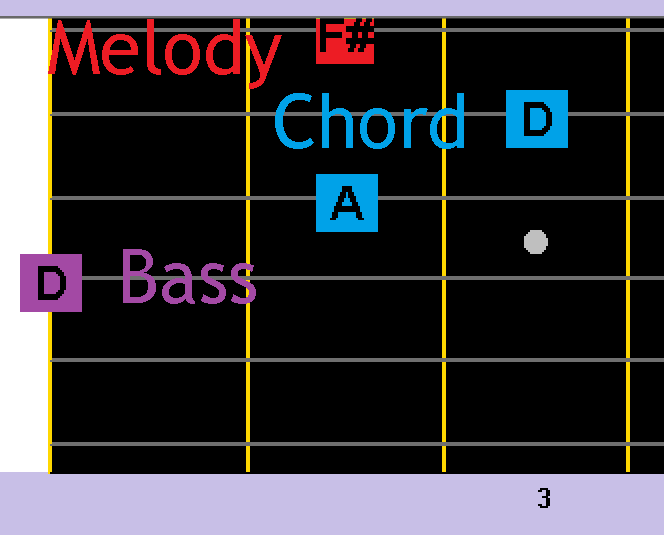
Melody on the 2nd string
When the bass is on the 6th string, we have 3 strings to define the chord
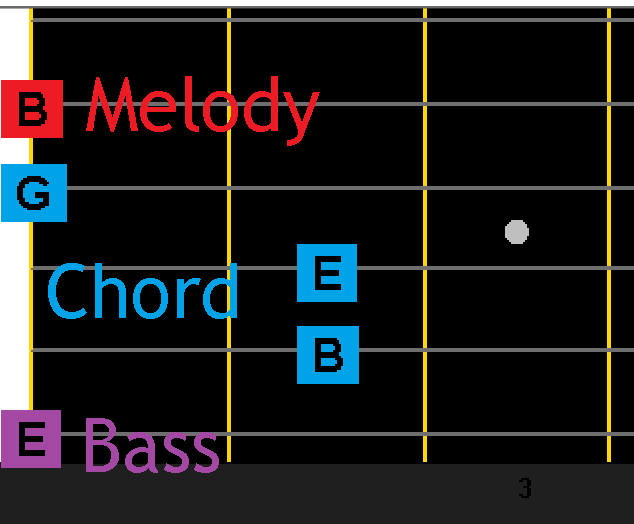
When the bass is on the 5th string, we have 2 strings to define the chord
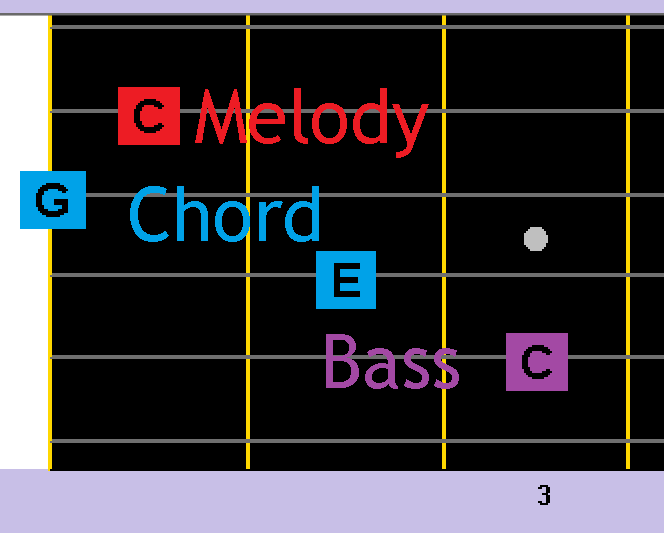
When the bass is on the 4th string, we have 1 string to define the chord
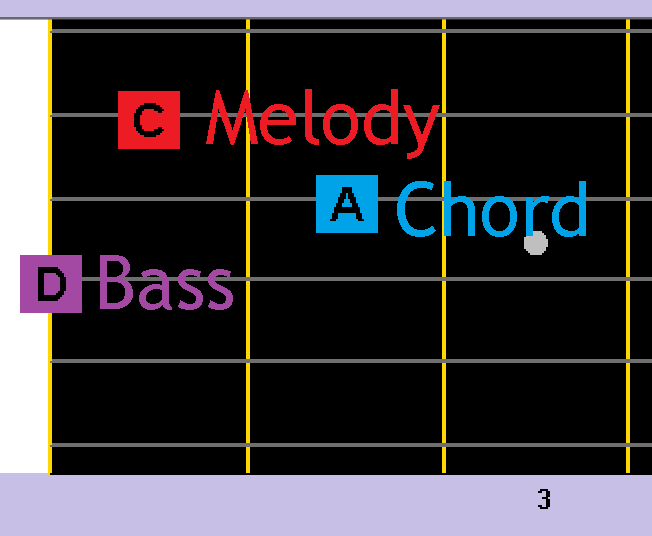
Melody on the 1st string
When the bass is on the 6th string, we have 2 strings to define the chord
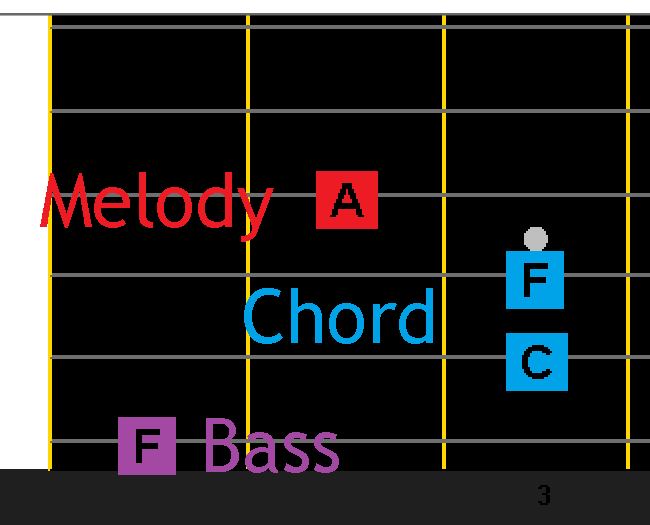
When the bass is on the 5th string, we have 1 string to define the chord
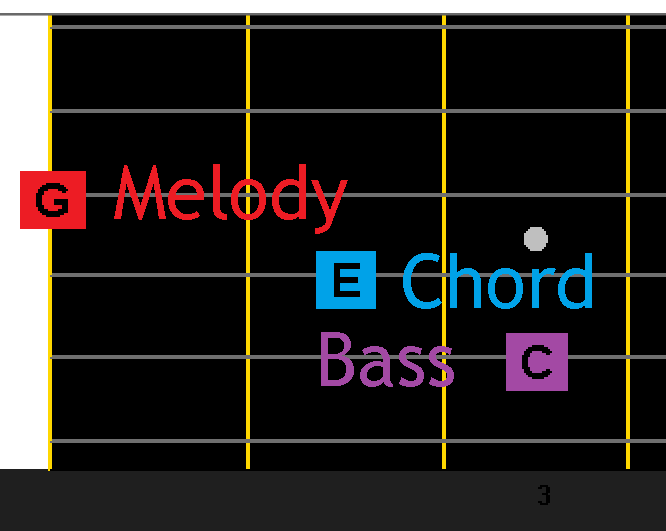
When the bass is on the 4th string, we have 0 string to define the chord
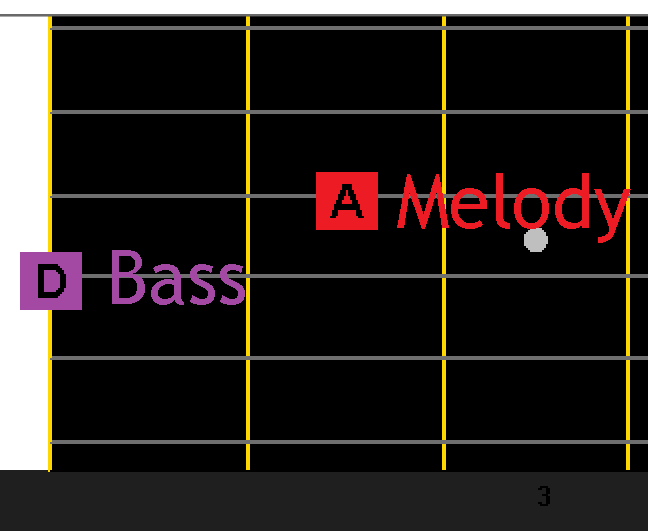
As you can see, melody on 1st 2 strings are the better option.
Let’s rework the “Over The Rainbow” arrangement in key of C, as the notes had been shifted up 5 frets.
Click here to ask a question …
“Over The Rainbow” with melody notes on 1st 3 strings
Now , let’s try to improve the arrangement!
With the previous section’s exploration, we learned that key of C is a good choice because the lowest will have “chord” note and the highest note is within comfortable range(below 12 frets).
Again, we will go through the following steps:
Step 1: Play the melody
Step 2: Find out the chords
Step 3: Combine the melody and the chords
Step 4: Add in the accompaniment
Click here to ask a question …
Step 1: Play the melody
First, transpose all the melody to key of C (shift all the notes up 5 semitones/frets):
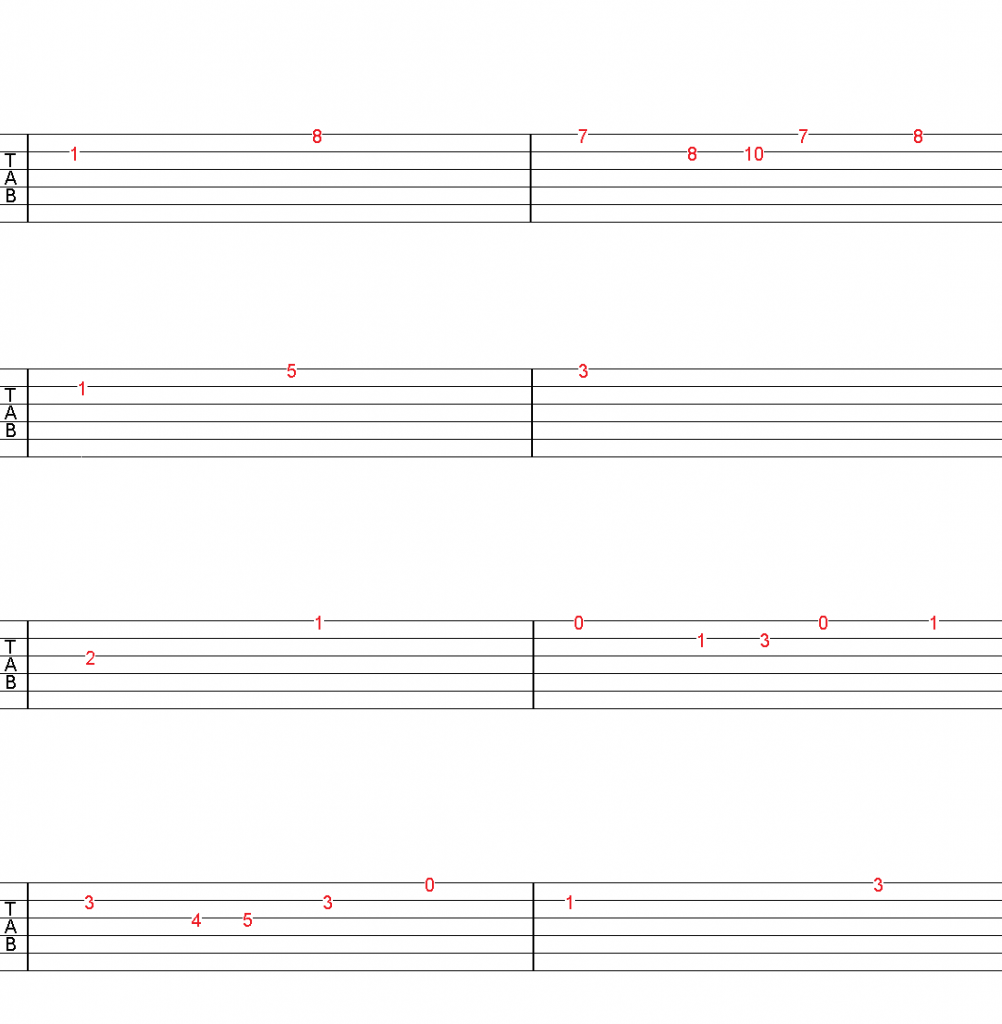
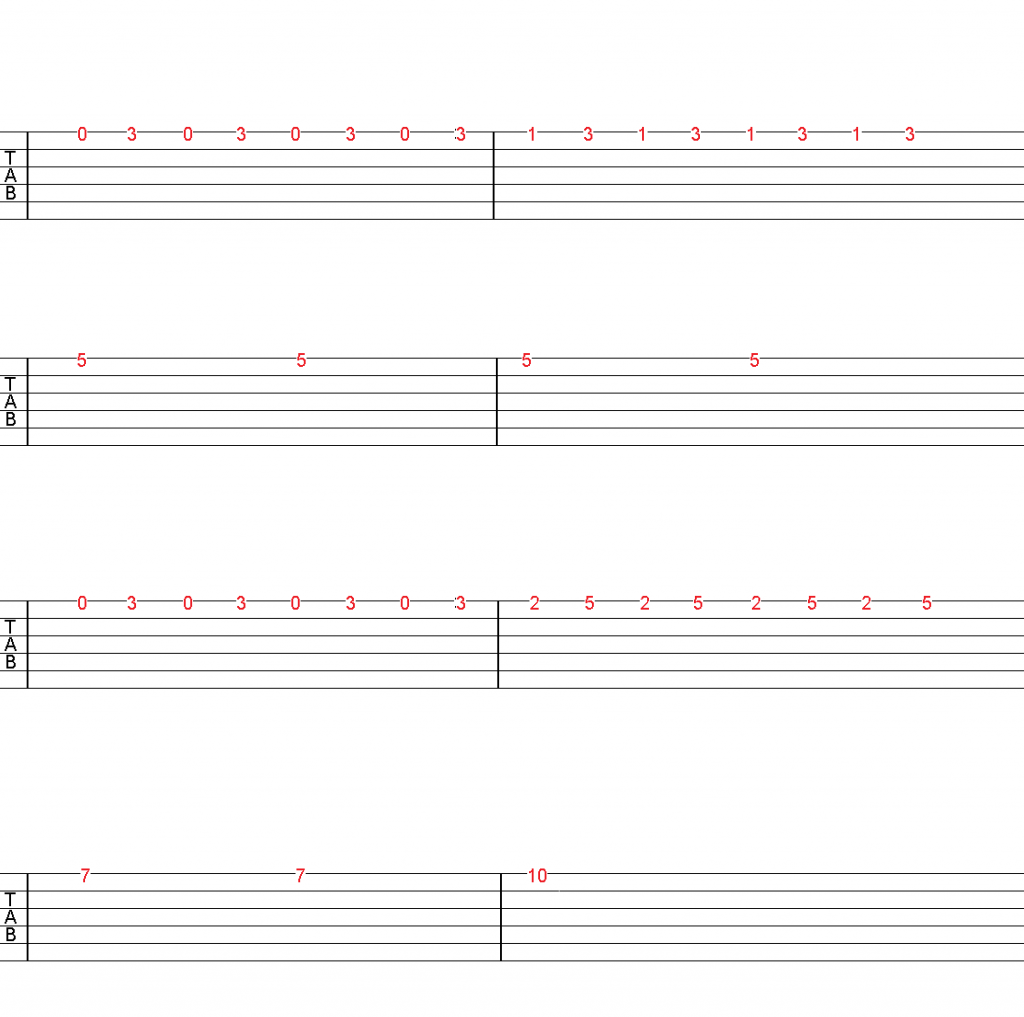
Click here to ask a question …
Step 2: Find out the chords
Transpose all the chords from key of G to key of C!!
| Key of G | Key of C |
| G | C |
| Am | Dm |
| Bm | Em |
| C | F |
| D | G |
| Em | Am |
| C#m | F#m |
| F#7 | B7 |
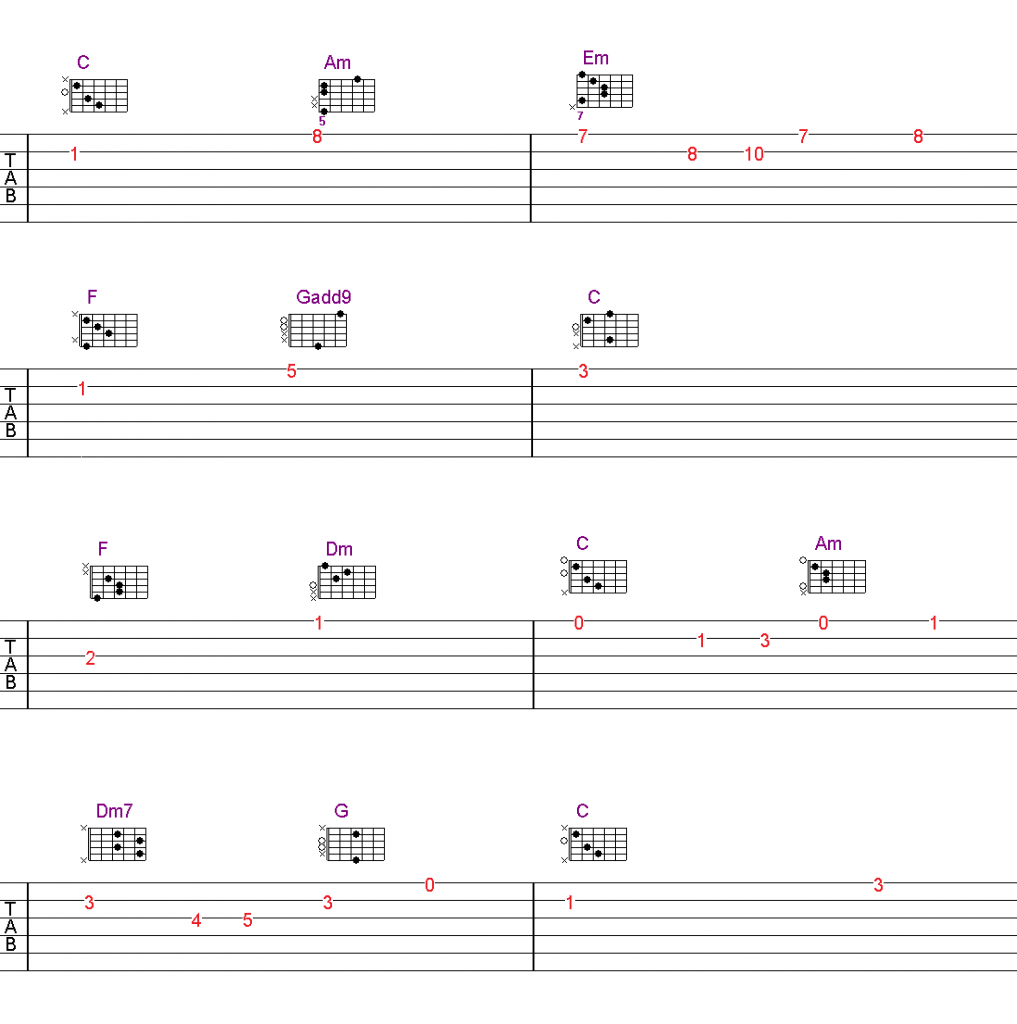
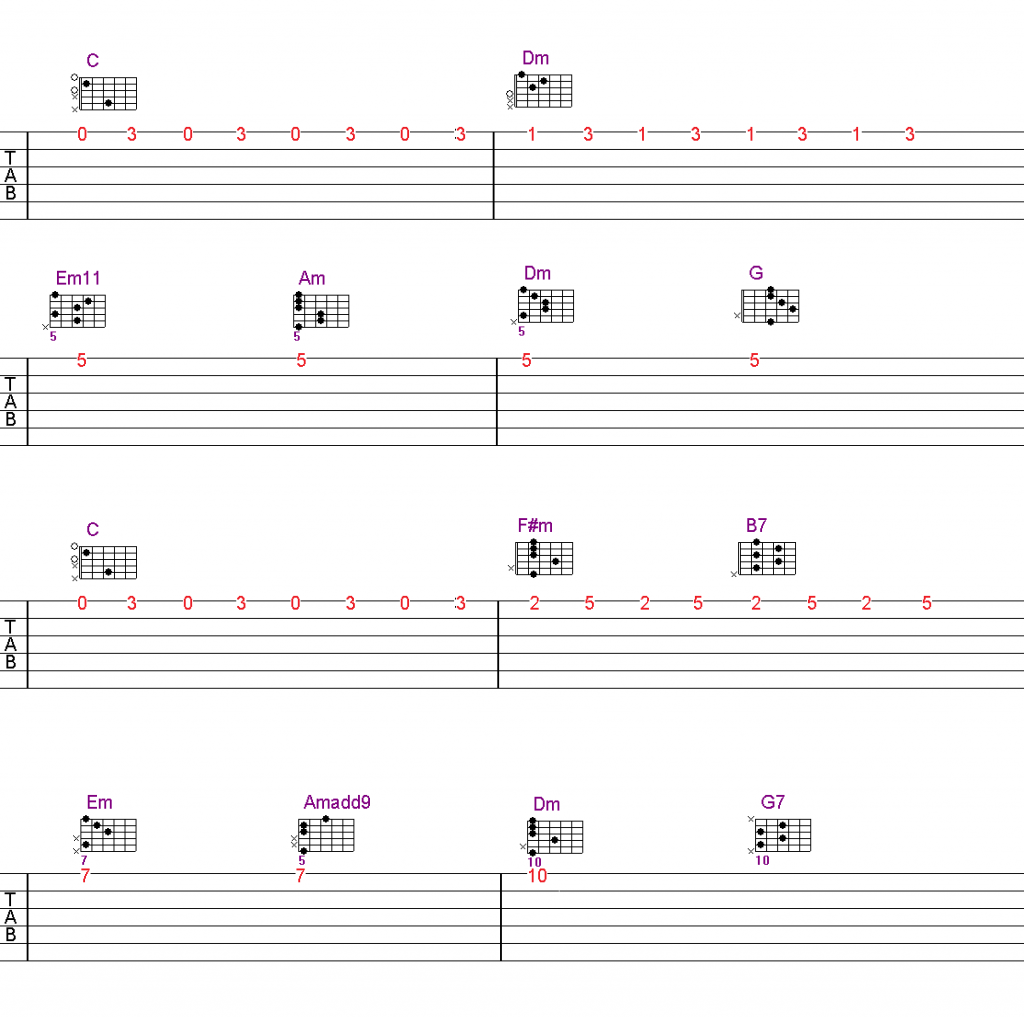
Click here to ask a question …
Step 3: Combine The Melody And The Chords
Let’s combine the melody and the chords.
As we mentioned before, the trick is to play the chords “below” the melody notes. The melody note will be the higher notes of the “chord”. This means we are gonna play part of the chords, below the melody.
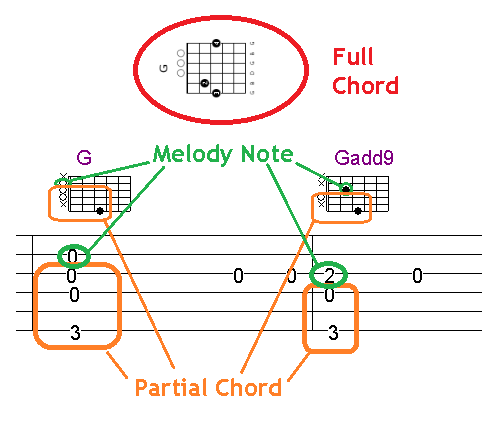
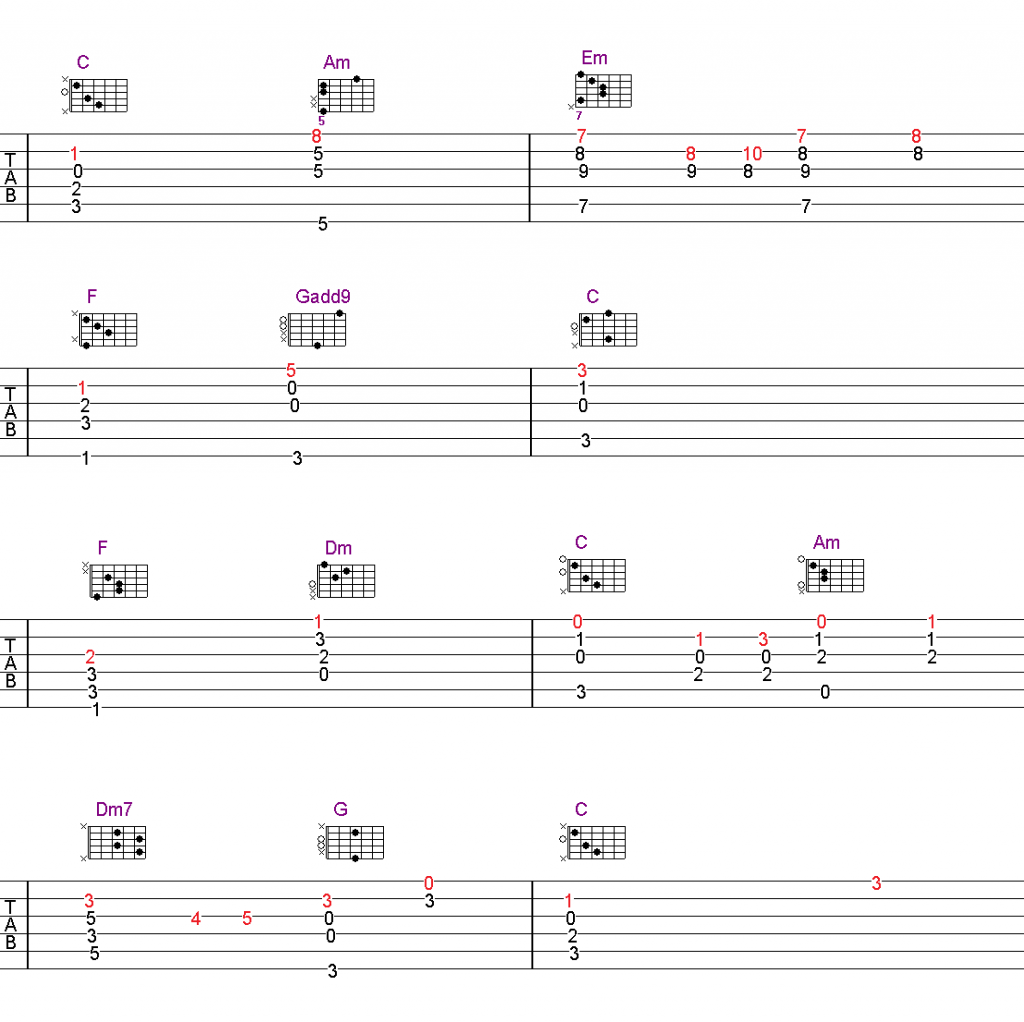

Click here to ask a question …
Step 4: Add In The Accompaniment
Yeah! We have the melody and the chords!!
Let’s make it more complete by filling in the gap between the melody.
We can fill in the gap by playing the plucking accompaniment just like we are accompanying someone to sing:


